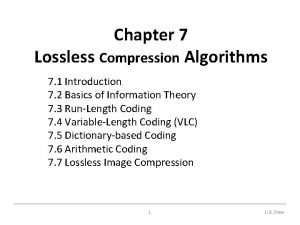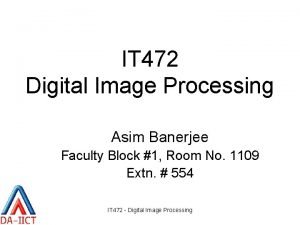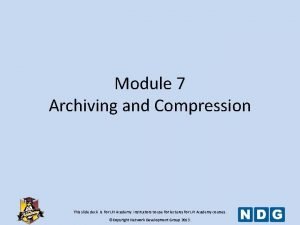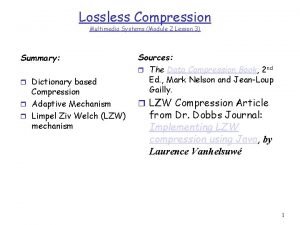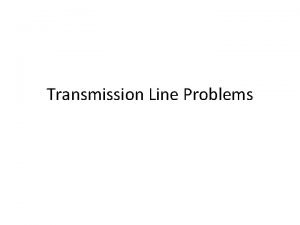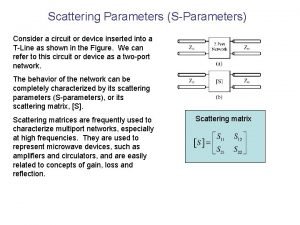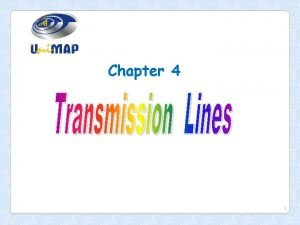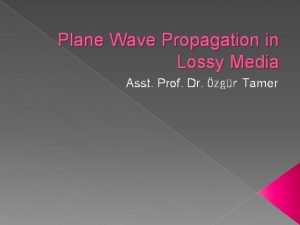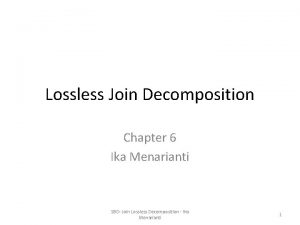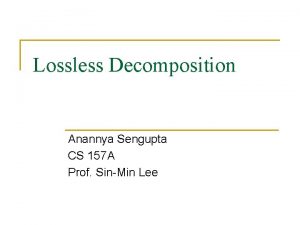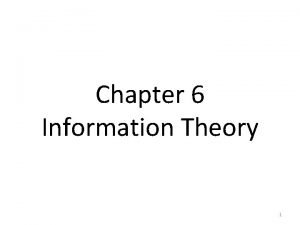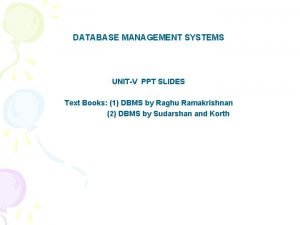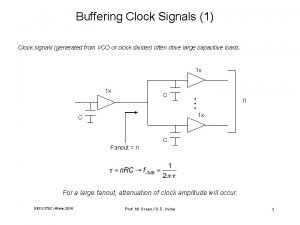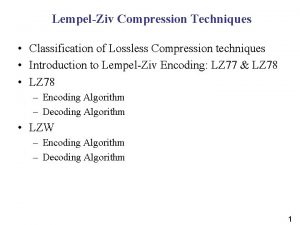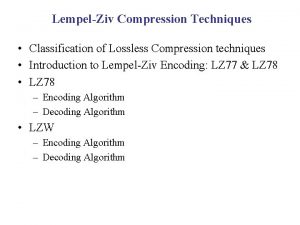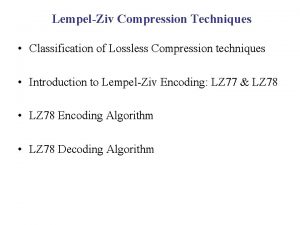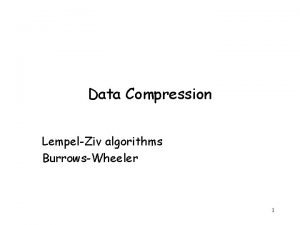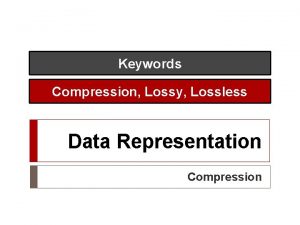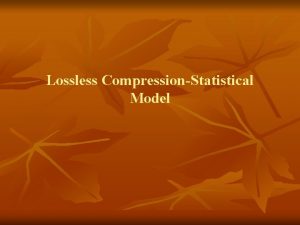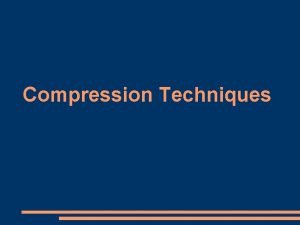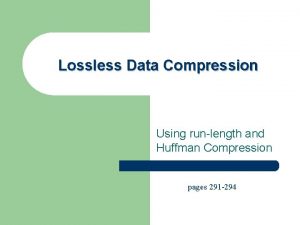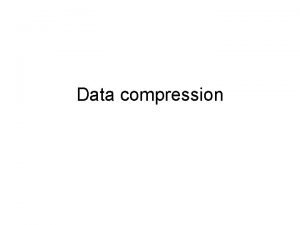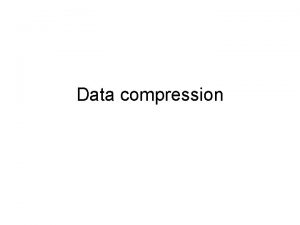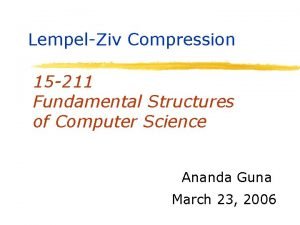LempelZiv Compression Techniques Classification of Lossless Compression techniques

















- Slides: 17

Lempel-Ziv Compression Techniques • Classification of Lossless Compression techniques • Introduction to Lempel-Ziv Encoding: LZ 77 & LZ 78 • LZ 78 Encoding Algorithm • LZ 78 Decoding Algorithm

Classification of Lossless Compression Techniques Recall what we studied before: • Lossless Compression techniques are classified into static, adaptive (or dynamic), and hybrid. • Static coding requires two passes: one pass to compute probabilities (or frequencies) and determine the mapping, and a second pass to encode. • Examples of Static techniques: Static Huffman Coding • All of the adaptive methods are one-pass methods; only one scan of the message is required. • Examples of adaptive techniques: LZ 77, LZ 78, LZW, and Adaptive Huffman Coding

Introduction to Lempel-Ziv Encoding • Data compression up until the late 1970's mainly directed towards creating better methodologies for Huffman coding. • An innovative, radically different method was introduced in 1977 by Abraham Lempel and Jacob Ziv. • This technique (called Lempel-Ziv) actually consists of two considerably different algorithms, LZ 77 and LZ 78. • Due to patents, LZ 77 and LZ 78 led to many variants: LZ 77 Variants LZR LZSS LZB LZH LZ 78 Variants LZW LZC LZT LZMW LZJ LZFG • The zip and unzip use the LZH technique while UNIX's compress methods belong to the LZW and LZC classes.

LZ 78 Compression Algorithm LZ 78 inserts one- or multi-character, non-overlapping, distinct patterns of the message to be encoded in a Dictionary. The multi-character patterns are of the form: C 0 C 1. . . Cn-1 Cn. The prefix of a pattern consists of all the pattern characters except the last: C 0 C 1. . . Cn-1 LZ 78 Output: Note: The dictionary is usually implemented as a hash table.

LZ 78 Compression Algorithm (cont’d) Dictionary empty ; Prefix empty ; Dictionary. Index 1; while(character. Stream is not empty) { Char next character in character. Stream; if(Prefix + Char exists in the Dictionary) Prefix + Char ; else { if(Prefix is empty) Code. Word. For. Prefix 0 ; else Code. Word. For. Prefix Dictionary. Index for Prefix ; Output: (Code. Word. For. Prefix, Char) ; insert. In. Dictionary( ( Dictionary. Index , Prefix + Char) ); Dictionary. Index++ ; Prefix empty ; } } if(Prefix is not empty) { Code. Word. For. Prefix Dictionary. Index for Prefix; Output: (Code. Word. For. Prefix , ) ; }

Example 1: LZ 78 Compression Encode (i. e. , compress) the string ABBCBCABABCAAB using the LZ 78 algorithm. The compressed message is: (0, A)(0, B)(2, C)(3, A)(2, A)(4, A)(6, B) Note: The above is just a representation, the commas and parentheses are not transmitted; we will discuss the actual form of the compressed message later on in slide 12.

Example 1: LZ 78 Compression (cont’d) 1. A is not in the Dictionary; insert it 2. B is not in the Dictionary; insert it 3. B is in the Dictionary. BC is not in the Dictionary; insert it. 4. B is in the Dictionary. BCA is not in the Dictionary; insert it. 5. B is in the Dictionary. BA is not in the Dictionary; insert it. 6. B is in the Dictionary. BCAA is not in the Dictionary; insert it. 7. B is in the Dictionary. BCAAB is not in the Dictionary; insert it.

Example 2: LZ 78 Compression Encode (i. e. , compress) the string BABAABRRRA using the LZ 78 algorithm. The compressed message is: (0, B)(0, A)(1, A)(2, B)(0, R)(5, R)(2, )

Example 2: LZ 78 Compression (cont’d) 1. B is not in the Dictionary; insert it 2. A is not in the Dictionary; insert it 3. B is in the Dictionary. BA is not in the Dictionary; insert it. 4. A is in the Dictionary. AB is not in the Dictionary; insert it. 5. R is not in the Dictionary; insert it. 6. R is in the Dictionary. RR is not in the Dictionary; insert it. 7. A is in the Dictionary and it is the last input character; output a pair containing its index: (2, )

Example 3: LZ 78 Compression Encode (i. e. , compress) the string AAAAA using the LZ 78 algorithm. 1. A is not in the Dictionary; insert it 2. A is in the Dictionary AA is not in the Dictionary; insert it 3. A is in the Dictionary. AAA is not in the Dictionary; insert it. 4. A is in the Dictionary. AAA is in the Dictionary and it is the last pattern; output a pair containing its index: (3, )

LZ 78 Compression: Number of bits transmitted • Example: Uncompressed String: ABBCBCABABCAAB Number of bits = Total number of characters * 8 = 18 * 8 = 144 bits • Suppose the codewords are indexed starting from 1: Compressed string( codewords): (0, A) (0, B) (2, C) (3, A) (2, A) (4, A) (6, B) Codeword index 1 2 3 4 5 6 7 • Each code word consists of an integer and a character: • The character is represented by 8 bits. • The number of bits n required to represent the integer part of the codeword with index i is given by: • Alternatively number of bits required to represent the integer part of the codeword with index i is the number of significant bits required to represent the integer i – 1

LZ 78 Compression: Number of bits transmitted (cont’d) Codeword index Bits: (0, A) (0, B) (2, C) (3, A) (2, A) (4, A) (6, B) 1 2 3 4 5 6 7 (1 + 8) + (2 + 8) + (3 + 8) = 71 bits The actual compressed message is: 0 A 0 B 10 C 11 A 010 A 100 A 110 B where each character is replaced by its binary 8 -bit ASCII code.

LZ 78 Decompression Algorithm Dictionary empty ; Dictionary. Index 1 ; while(there are more (Code. Word, Char) pairs in codestream){ Code. Word next Code. Word in codestream ; Char character corresponding to Code. Word ; if(Code. Word = = 0) String empty ; else String string at index Code. Word in Dictionary ; Output: String + Char ; insert. In. Dictionary( (Dictionary. Index , String + Char) ) ; Dictionary. Index++; } Summary: Ø Ø input: (CW, character) pairs output: if(CW == 0) output: current. Character else output: string. At. Index CW + current. Character Ø Insert: current output in dictionary

Example 1: LZ 78 Decompression Decode (i. e. , decompress) the sequence (0, A) (0, B) (2, C) (3, A) (2, A) (4, A) (6, B) The decompressed message is: ABBCBCABABCAAB

Example 2: LZ 78 Decompression Decode (i. e. , decompress) the sequence (0, B) (0, A) (1, A) (2, B) (0, R) (5, R) (2, ) The decompressed message is: BABAABRRRA

Example 3: LZ 78 Decompression Decode (i. e. , decompress) the sequence (0, A) (1, A) (2, A) (3, ) The decompressed message is: AAAAA

Exercises 1. Use LZ 78 to trace encoding the string SATATASACITASA. 2. Write a Java program that encodes a given string using LZ 78. 3. Write a Java program that decodes a given set of encoded codewords using LZ 78.
 Examples of lossy and lossless compression
Examples of lossy and lossless compression Chapter seven
Chapter seven Lossless compression in digital image processing
Lossless compression in digital image processing Subjective fidelity criteria in digital image processing
Subjective fidelity criteria in digital image processing Lossless compression
Lossless compression Lzw compression
Lzw compression Lossless compression in multimedia
Lossless compression in multimedia Transmission line example problems
Transmission line example problems Lossless network s parameters
Lossless network s parameters Transmission line
Transmission line Lossy medium example
Lossy medium example Lossless join decomposition adalah
Lossless join decomposition adalah Lossless join
Lossless join S-parameters basics
S-parameters basics Lossless
Lossless Introduction to database management system ppt
Introduction to database management system ppt Winters shunt
Winters shunt 5 schedule compression techniques
5 schedule compression techniques

